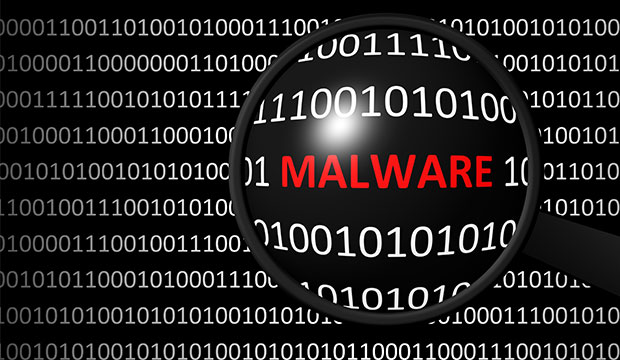The Internet Archive on Friday cut the ribbon on its online Malware Museum, an online compendium of malware programs computer users in the 1980s and 1990s sometimes encountered.
Everything old is new again, so the saying goes, and apparently that retro fascination applies to computer viruses. The museum presents examples of the viruses, complete with the messages or animations they would have shown when infecting a computer, allowing visitors to download examples and experience their own malware “infection.”
It’s done through a DOS emulator created by the nonprofit Internet Archive, which hosts the museum, and don’t worry — the viruses have been neutered, the website promises.
Since the exhibit’s opening, it has attracted more than 150,000 visitors, said Jason Scott, a historian who works at the Internet Archive.
Which virus have been the most popular with visitors?
“Graphical ones seem to win,” Scott told TechNewsWorld, noting that a virus promoting legalized marijuana, complete with on-screen marijuana plants, “is way up there, with 10,000 plays.”
Remember Floppy Disks?
In the late 1980s and early 1990s, when the Internet as we know it today was still in its infancy, most malware and viruses were spread by physical means, as computer users shared files and data on floppy disks delivered from hand to hand.
In the world of DOS computers and monochrome monitors, a virus that effectively invaded your computer often trumpeted is success with flashing ASCII characters, snarky messages, music or brash splash screens, as the museum examples vividly illustrate.
One early example was the Frodo virus, which would cause infected computers to crash on September 22, the birthdate of Frodo in Tolkien’s The Lord of the Rings. The computer screen would flash the message “Frodo Lives.”
That was typical of many of the viruses. They were meant to be more playful or mischievous than malicious, said museum curator Mikko Hyponnen, chief research officer of F-Secure.
The writers of those early viruses just wanted to see how far they could get their work to spread, he said. However, that all changed as the Internet grew.
“Around 2000, the old-school virus writers began to realize that their skills could be used to make money,” Hyoponnen told TechNewsWorld. “It happened very quickly, and it hasn’t changed back.”
Early Bad Actors
However, even some of the early viruses hardly could be called harmless “look at what I can do” efforts, Hypponen noted.
One example of an early malicious virus included in the Malware Museum is Casino, or Disk Destroyer.
When it infected a PC, it would overwrite a portion of the computer’s file system, but place a copy of the user’s personal files in RAM and challenge the user to reclaim them by playing a game, Jackpot — a kind of digital slot machine.
“I have just DESTROYED the FAT on your disk!!” a screen message would display. “However, I have a copy in RAM, and I’m giving you a last chance to restore all your precious data.”
While most early viruses affected only the systems they infected, today’s malware typically aims for wide-scale theft of personal or financial information, Hyponnen pointed out, and the hacks designed to do that are extremely complex.
That’s why he’s not worried that the popularity of the Malware Museum might inspire young computer users to try their hand at creating a hack of their own.
The level of sophistication required to hack into today’s operating systems is much greater thanin the simple days of DOS computers, said Hypponen, when “if you wanted to, you could write into boot sectors of the hard drive, just by doing it.”












































